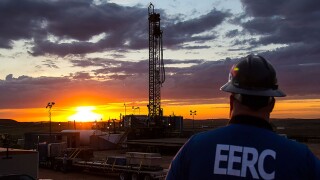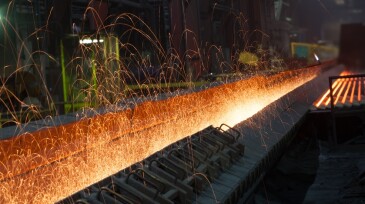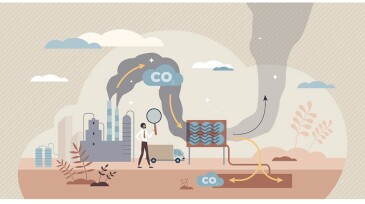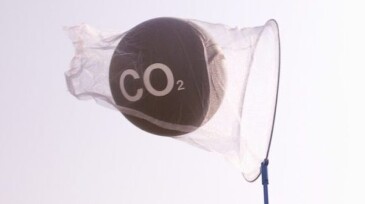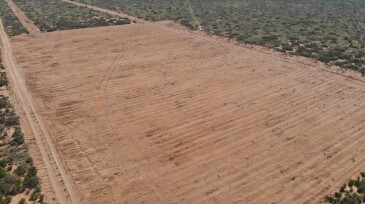Carbon capture and storage
Regulators pull from experiences in the oil and gas industry to define best stewardship practices for the nascent CCS industry.
EERC CEO Charles Gorecki outlines how applied research in North Dakota is helping improve oil recovery, reduce emissions, and advance carbon storage.
This article is the fifth in a Q&A series from the SPE Research and Development Technical Section focusing on emerging energy technologies. In this edition, Shantanu Agarwal, founder and CEO of Mati Carbon, discusses how the company’s approach to carbon removal led to winning the Musk Foundation’s XPRIZE in 2025.
-
The region stands to benefit from TotalEnergies’ experience as a partner in Norway’s Northern Lights CCS development to decarbonize industrial operations in northern Europe. The first injection of carbon dioxide at Northern Lights is expected in 2024.
-
Because the basics of CCS and CCUS are mostly familiar to a large part of the readership, I am choosing to bring to your attention the summary of those articles that are devoted to approaches other than or beyond CCS, even if they have to climb further on the development ladder. These include bio-based approaches, geothermal, and use of hydrogen as a substitute fuel.
-
A decade ago, SPE defined key R&D and technology challenges for the industry. To address the more uncertain environment of the 2020s and beyond, we have updated the grand challenges via a January 2023 SPE workshop.
-
Under the new agreement, ExxonMobil will capture, transport, and store carbon from Nucor’s direct reduced iron plant in Louisiana.
-
The innovations in the carbon removal space are gaining attention for their potential to curb global climate change, but they each face particular challenges in implementation.
-
Companies licensed to drill in the North Sea will report their findings to regulators under new powers brought forward in an Energy Bill amendment.
-
SPE Journal has issued a call for papers for the 11th Comparative Solution Project (CSP) Special Issue. Organized by guest editors Anthony Kovscek (Stanford University) and Knut-Andreas Lie (SINTEF), submissions that are both directly and indirectly related to the 11th CSP will be accepted.
-
Also: A report says Bitcoin mining could ease emissions. Haliburton is accelerating its clean-energy efforts, while insurer Chubb cracks down on methane. ExxonMobil and Linde team up in Texas. Shell plans to limit CO2 emissions in Dutch plants, and Drax presses pause on bioenergy in the UK.
-
Deployment of Mosaic DAC pilot units are envisaged for a pair of HIF eFuel facilities.
-
The first direct air capture facility will debut a few months late, but that’s not a big concern for its developer.


